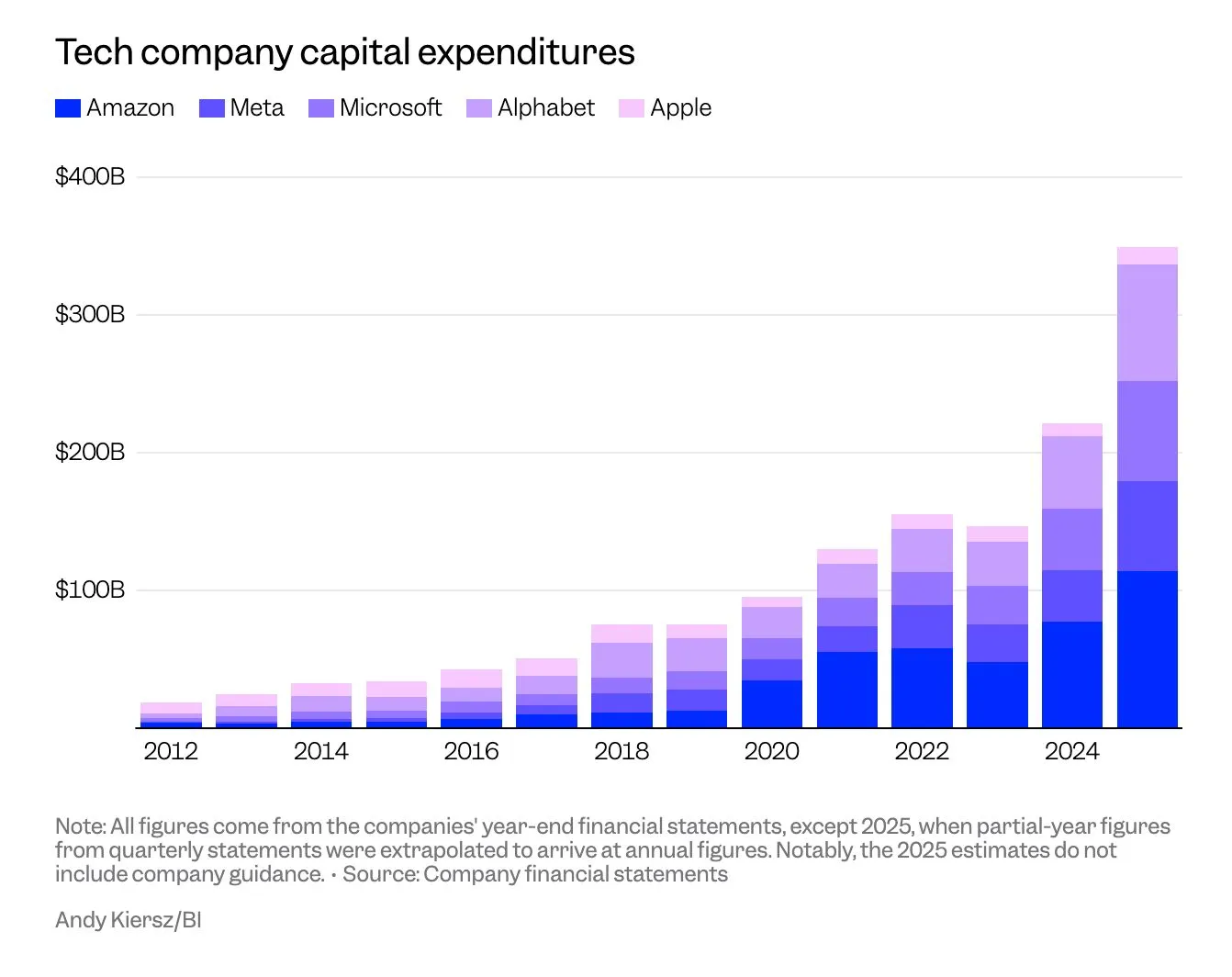
I capex is a strategy now. When compute and power become the scarce inputs, hyperscalers turn dollars into defensible advantage: control of GPUs, energy, and data-center footprint compresses the stack, improves latency, and drops unit costs. In platform transitions, performance drives distribution (integrated beats modular), so the players that own inference economics can bolt AI into existing workflows (productivity, ads, cloud) and raise ARPU while lowering churn. Think of tokens as the new traffic and CAPEX as customer acquisition. The more capacity you control, the more default you become for enterprises that don’t want to stitch together models, infrastructure, and compliance on their own.
But the same spending cuts both ways. Hardware cycles are short, standards are fluid, and power/regulatory bottlenecks are real. Overbuild or obsolescence will crush returns if demand doesn’t materialize or prices race to the bottom.
However, the upside is compelling: capacity-based pricing, sovereign/regulated deployments, and vertical AI products can convert fixed assets into high-margin revenue. Of course, if you measure the right things (utilization, capex-to-incremental revenue, AI gross margin, secured MW).
Winners treat infrastructure as a product, continuously optimized and tightly integrated into experiences customers can’t churn from. BI




